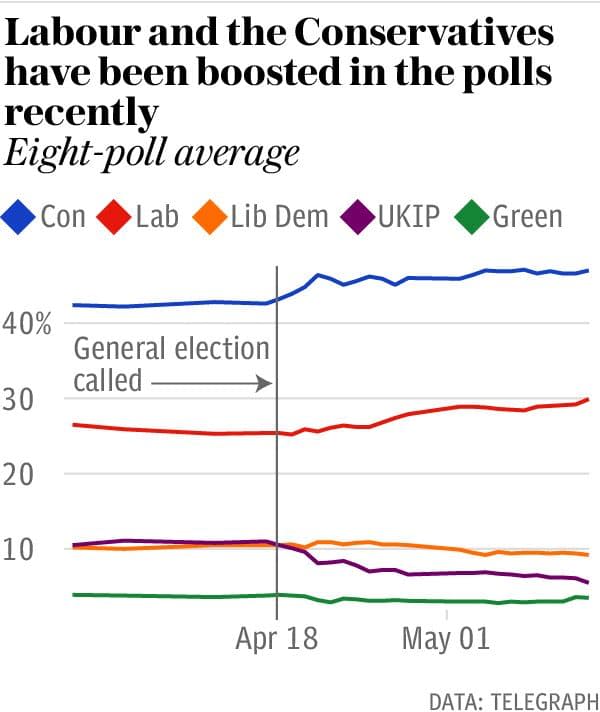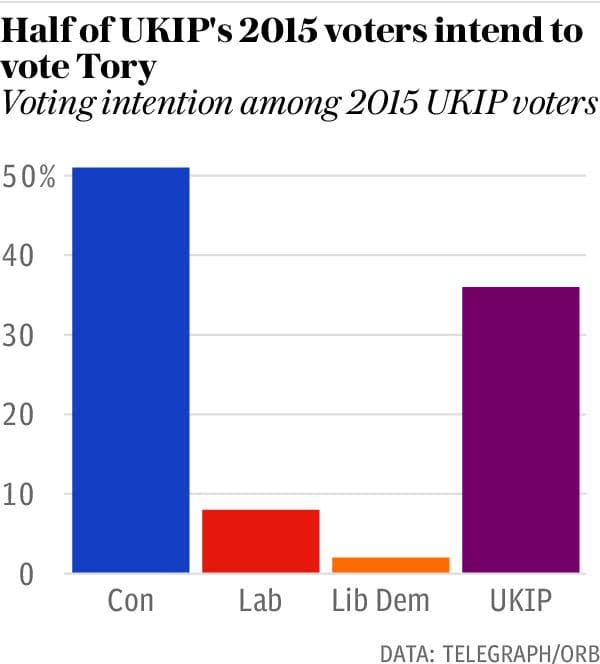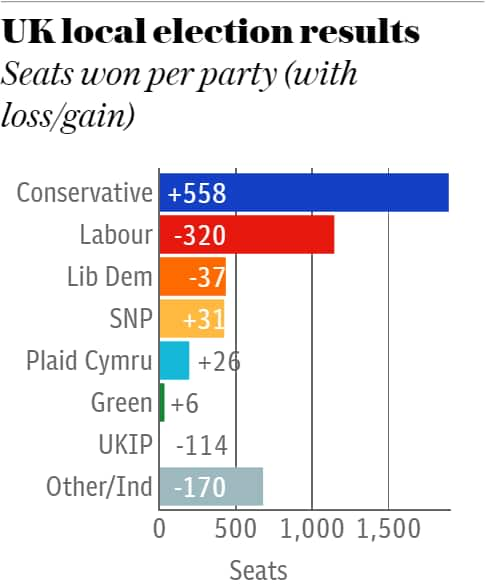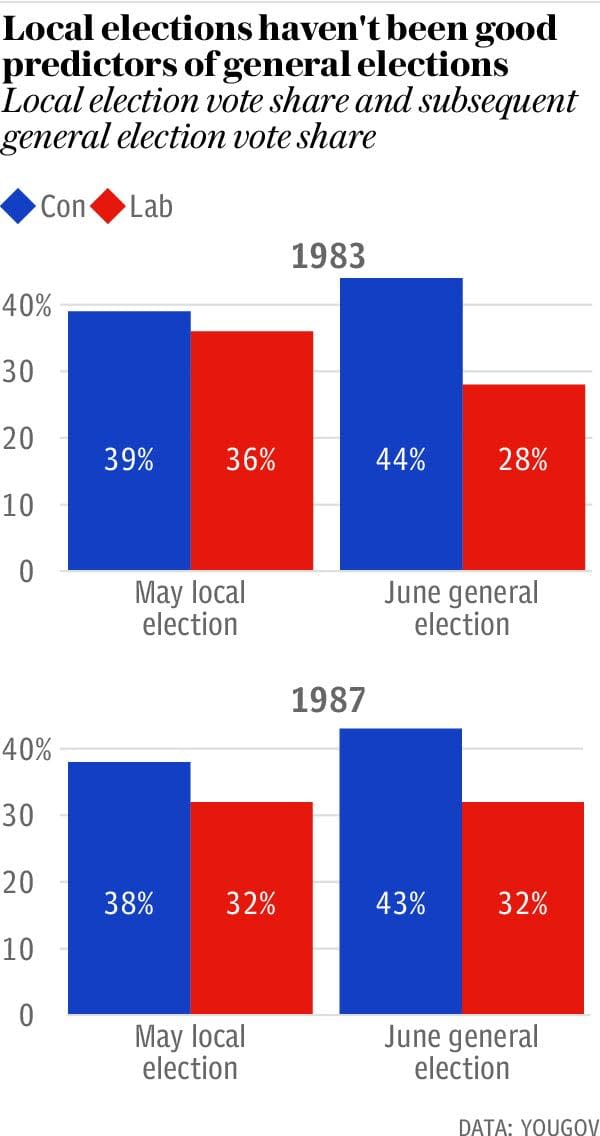General Election 2017: Five charts showing how the race is shaping up

The race for the 2017 general election is hotting up with just 22 days left until polling day on June 8.
Both Labour and the Conservatives have been gaining ground in the polls since April 18 when Theresa May called for the snap election.
Labour have gone from an average of 25.2 per cent on 19 April to 29.9 per cent at the latest reckoning. While this is obviously good news for Jeremy Corbyn's party they've only marginally closed the gap on the Conservatives who are currently polling at 47 per cent.

While the UK's main two parties have picked up vote share in the past few weeks, this hasn't been the case for the second tier parties.
The Liberal Democrats have lost vote share and are currently polling at 9.2 per cent. This indicates that their pro-EU message is not appealing to the 48 per cent who voted to Remain in the EU referendum.
Ukip have suffered an even bigger collapse, polling at just 5.5 per cent - half what they were achieving a month ago.
The drop in Ukip support looks set to bolster the Conservatives with a recent Telegraph/ORB poll showing that more than half of those who voted Ukip in 2015 will opt for Theresa May's party next month. The Prime Minister's pursuit of a hard Brexit seems to be attracting these voters - for now at least.

The extent to which these figures inform your view of the election depends on how much store you set by polling figures.
After failing to predict a Tory majority in 2015, a Leave EU referendum victory last June and a Trump presidency last November polling companies have been taking a bit of a beating recently.
However, the gap between Labour and the Conservatives this time around is significantly larger than those involved in any of these recent polling misses.
The betting markets also think that a Conservative victory is highly likely with one bookmaker giving them odds of 1/33 to win most seats in Parliament - this gives an implied probability of 97 per cent.
Are this month's local election results significant?
Earlier this month voters went to the polls across Britain to have their say in the local council and mayoral elections.
The Conservatives emerged as the star performers on the night, picking up an additional 558 council seats and winning the race for West Midlands mayor. Labour lost 320 seats and were knocked into third place in Scotland while UKIP collapsed, securing only one councillor.

Using the results of these council elections to predict what will happen in the general election next month is tricky for a number of reasons:
Firstly, not all areas of the country voted in these council elections with many inner-city Labour strongholds not casting votes.
Let's face it. Council elections are less sexy (but by no means less important) than general elections and, as such, turnout tends to be far lower.
There's not much precedent for having local and general elections in such close proximity - so there's not much past data to draw on.
According to research from YouGov, the only times that council elections have been held a month before a general election were in 1983 and 1987 - both under Margaret Thatcher.
On both occasions the Conservatives performed far better in the general elections than they did in the council elections.

However, and bearing all these caveats in mind, there are some indications on a local level as to how votes are swinging from one party to another.
The fact that the Tories took key council seats from Labour and especially Ukip puts them in a great position for success at the general election. The Welsh win of Monmouthshire shows the breadth of their support, while wins across England indicate that the polls are correctly estimating the popularity of Theresa May.
The victories in the Midlands - such as the 19 seats they took from Labour in Derbyshire - will be of particular encouragement to Tory HQ, showing that they have overtaken Labour as the party of choice in the area.
Will tactical voting and alliances have an impact?
The deadline for nominations for this year's election passed last Thursday with 3,303 candidates put forward to contest 650 constituencies across the UK.
Ukip are only fielding candidates in 378 of these constituencies according to figures compiled by Democracy Club, a huge reduction on the 624 who stood in 2015.
Paul Nuttall, the party leader has suggested that this is a deliberate act of self-sabotage designed to give Conservative candidates an advantage against pro-Remain opposition. Rather than votes being split between the two right-wing parties the Conservatives will be the only option.

This is likely to have a significant impact, given that this means that nearly half the population won't have a UKIP candidate to vote for. Many of these seats are key marginals which now have a greater chance of swinging to the Conservatives.
All of this means that it's extremely likely that Theresa May will not only win the election on June 8 but will do so with an improved majority.

 Yahoo News
Yahoo News 
